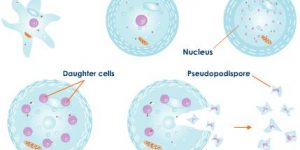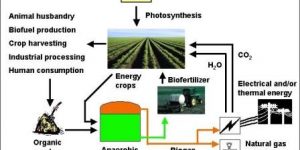What is Chain Reaction?
Chain reaction is the subsequent procedure reaction that resulted from a product of a certain one-step reaction. During the 92U235 fission, there about two or three neutron released. Once the neutrons of the energy are employed to trigger fission of other nuclei, there is a huge possibilities that there are about two or three neutrons will be discharged in every nuclear. Hence, the fission process still continued through chain reaction. The reaction will then be uncontrollable once the entire neutrons discharged in one-step are used to cause fission with the succeeding procedure. It is because the neutrons number released will keep on increasing and the numbered of energy that was produced also increases reaching the uncontrollable level. There are numerous processes that might happen in case neutrons are produced in fission reaction.
The processes to occurs once neutrons are produced within fission reactions
- There will be at least one neutron that will strike the rest 92U235 to cause fission to discharge more neutrons.
- The neutrons might be obtained by other nucleus either within the fission material or within the close containers even if there is no causing fission.
- The neutrons might not intermingle with the rest of the materials and then the nucleus might get away from the system.
The fission reaction could be obstructed once the last three ways rule. Nevertheless, the reaction will pursue once the first step is repeated even if one times only. Hence, the perfect condition in order to support the chain reaction is to lower the energies of the discharged neutrons to thermal neutron energy ranging 0.04 eV. This could be obtained through using special substances identified as moderators such as heavy water and graphite that removes some of the neutrons energy.



